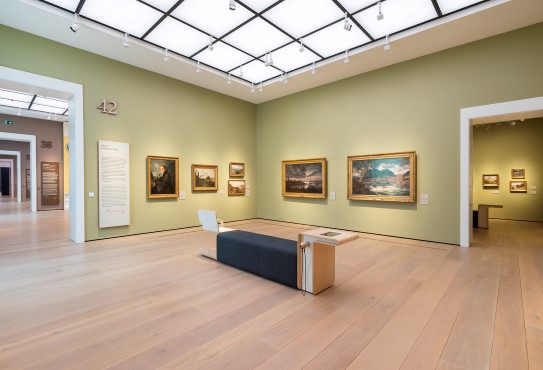Johan Christian Dahl

Transcription
Narrator:
It was by no means inevitable that Bergen-born Johan Christian Dahl would become a famous artist. Several people gave him valuable help that enabled his success.
Dahl’s father worked as a fisher and ferryman, and the family struggled to make ends meet.
Early in his childhood, Dahl showed enthusiasm and talent for drawing, and at 15, he was taken on as an apprentice by the master painter Johan Georg Müller.
Six years later, he gained his certificate as a journeyman painter.
By now, Dahl’s abilities were attracting wider attention, and in the opinion of Lyder Sagen, a well-known educator, Dahl had “a rare talent for the art of painting” and “poverty and artistic genius are almost always indivisible on this earth”.
Sagen wrote to Bergen’s wealthier citizens asking them for donations so that Dahl could attend the art academy in Copenhagen.
Thanks to Sagen’s fund-raising efforts and the generosity of Bergen’s citizens, Dahl travelled to Copenhagen in 1811.
Over the following years in Copenhagen, the art student was taken up by the city’s elite and had a major breakthrough when he sold a painting to the Danish king.
Following his success in Copenhagen, Dahl travelled further to the German city of Dresden.
At the age of 36, he became a professor at the Dresden’s art academy, where his students included important future artists. Dahl’s rise through the ranks of society was complete!
Although Dahl spent the greater part of his life in what today is Germany, his homeland continued to play a major role in his art. Whenever he visited Norway, he made sketches and studies of the Norwegian landscape, and eventually these would become some of his most famous paintings.
From his impoverished beginnings as the journeyman son of a fisherman, Dahl became the first Norwegian painter to achieve fame and join the cultural elite.